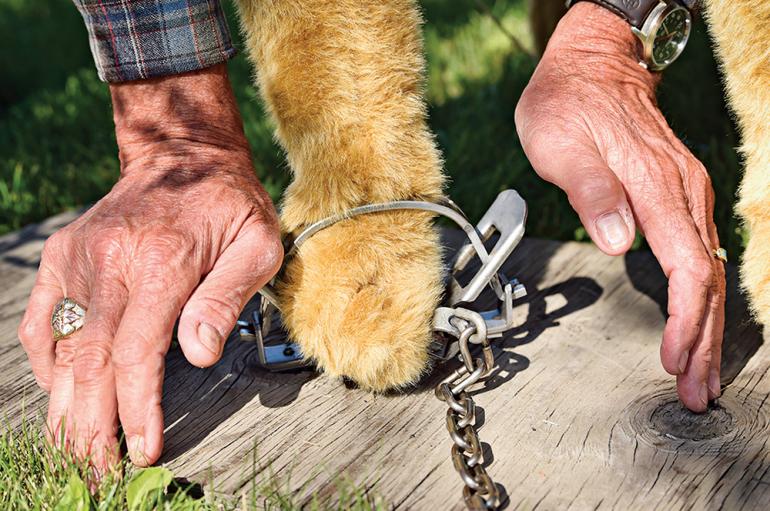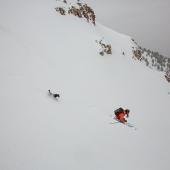Snares & Traps 101
How to keep your dog from becoming a fur coat.
People have been trapping in Montana for centuries. Early Native Americans trapped animals for their fur and to trade with explorers. Trapping continues today as a biologically sustainable form of recreation, as well as a management tool for removing nuisance animals such as beavers, which sometimes build dams that cause roads, crop fields, and other areas to flood.
The odds of your dog ever becoming caught in a trap or snare are slim. Even so, you might want to know where the devices are typically placed, how they work, and, in the unlikely event that your dog gets caught, how to set it free.
Snare
Lethal: Yes
Dog can be left while the owner seeks help: No
Ease of opening: If the locking mechanism can be wiggled free, a snare can easily be removed from a dog’s neck. Otherwise, it takes a specialized cable cutter—not a wire cutter or a Leatherman-type multi-tool—to cut the cable, which should be done where the wire meets the locking mechanism.
Where: Most common on private land, especially around sheep operations, but also on public land, where they are used mainly to catch coyotes.
When: Year round on private land. Mostly in late fall and winter on public land.
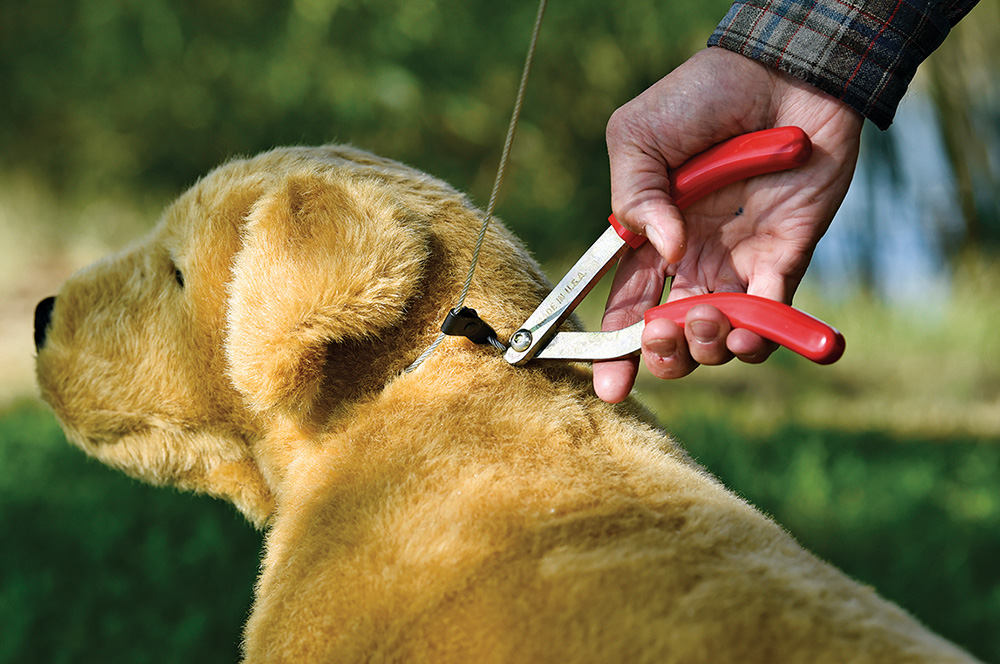
Foothold Trap
Lethal: No
Dog can be left while the owner seeks help: Yes
Ease of opening: The jaws can be pried apart by placing the trap on the ground and pressing down on the springs on both sides with your feet or the palms of your hands enough for the dog’s paw to pull free.
Where: On private land, and on public land beyond legal setback zones
When: Late fall and winter
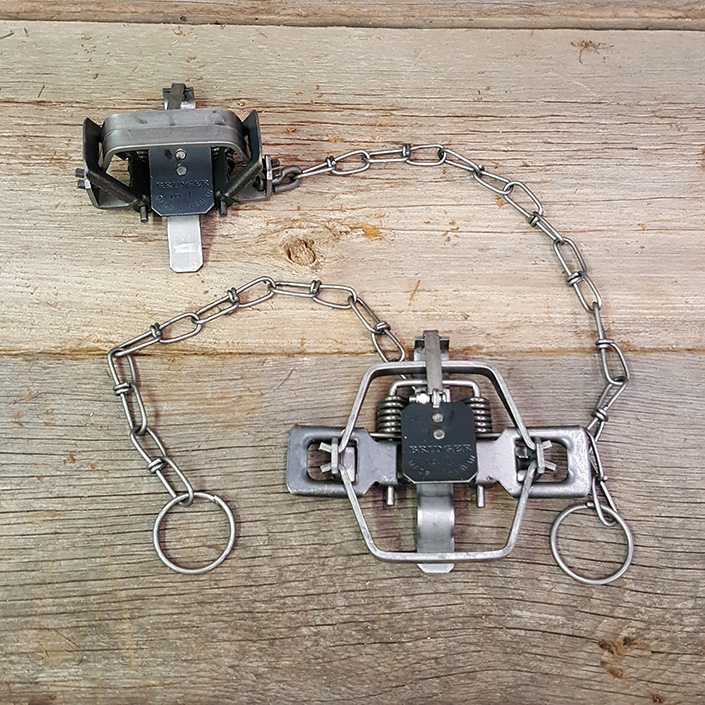
Body-Gripping Trap
Lethal: Yes
Dog can be left while the owner seeks help: No
Ease of opening: Larger models are extremely difficult to open and require training and ideal conditions. Smaller models are easier to open but require instruction to learn how they operate.
Where: On private land, and on public land beyond legal setback zones
When: Late fall and winter
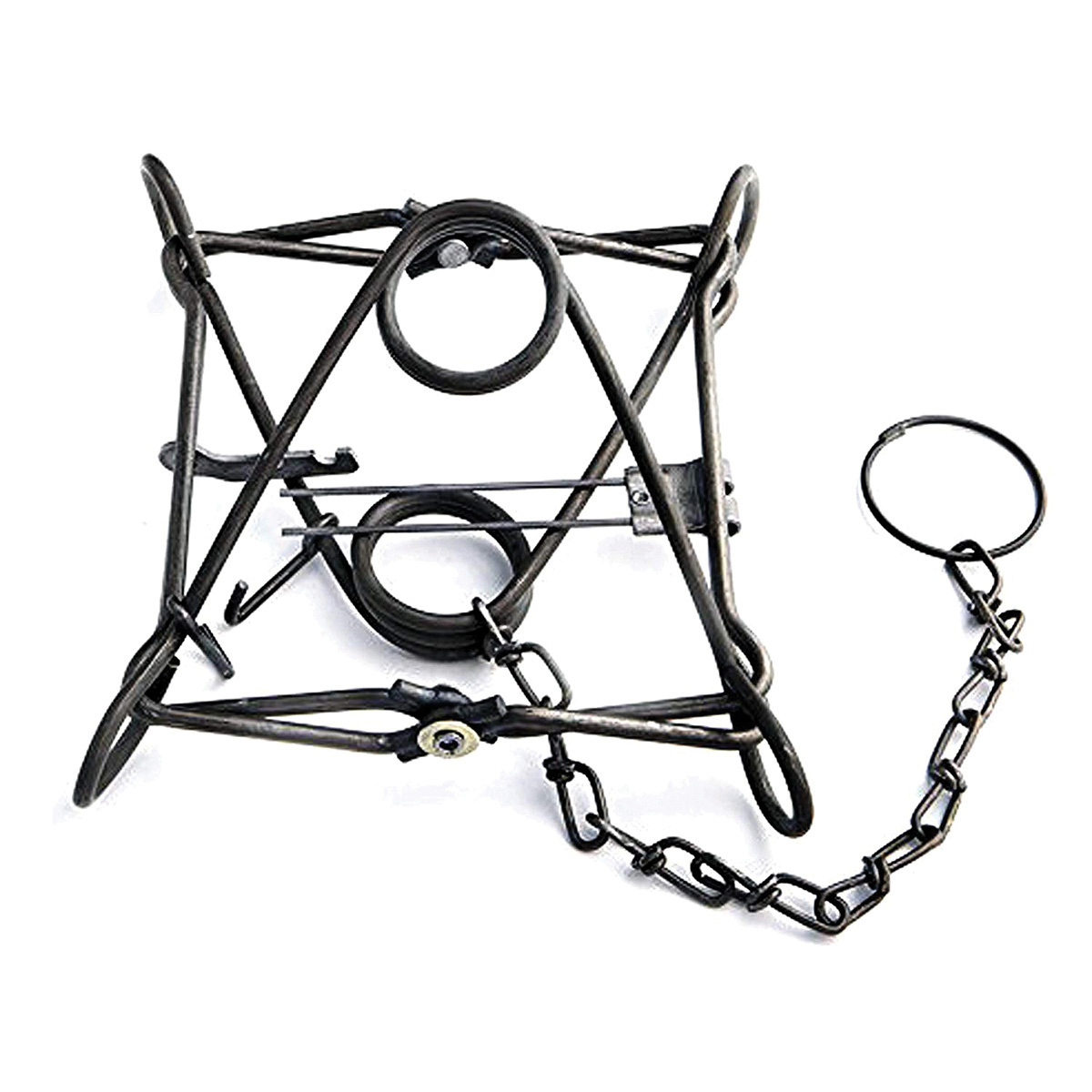
A version of this article originally appeared in Montana Outdoors, the magazine of Montana Fish, Wildlife, & Parks.


